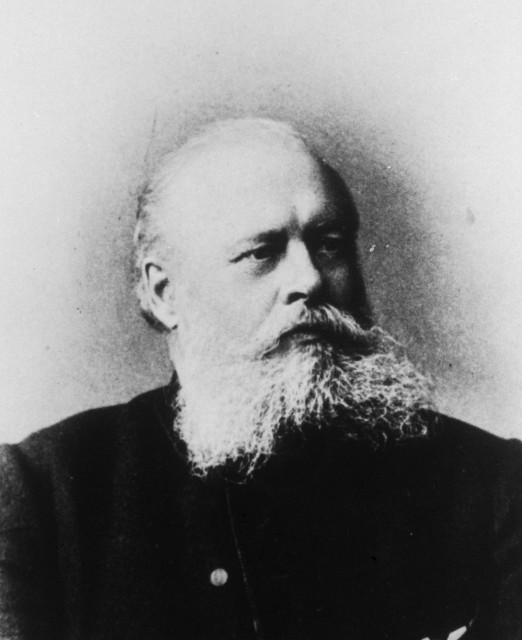Vladimir Vassilyevich Markovnikov
1838-1904

This Russian organic chemist is best known today for his rule regarding ionic additions to the carbon-carbon double bond of alkenes. Formulated for the addition of hydrogen halides, Markovnikov stated the rule in 1869 that the halogen (and in 1875, generalized to the negative group) adds to the less hydrogenated carbon of the double bond. Today the rule is usually stated in the reverse manner, that the hydrogen attaches to the carbon with the more hydrogens already attached. Markovnikov's Rule went unnoticed in Europe until 30 years later (1899) because the Russian language was not (and still is not) widely known in the West, and Markovnikov refused to publish in a foreign language.
Markovnikov studied at the Universities of Kazan and St. Petersburg and later taught at the Universities of Kazan, Odessa and Moscow (1873-1898), where he became Director of the Chemistry Institute. Other generalizations which he formulated were (a) compounds with branched chains generally have higher melting points than isomers with straight chains, (b) in fatty acids, the α-hydrogen is most easily substituted, and (c) in halogenation, the ease of substitution for hydrogen occurs in the order tertiary > secondary > primary. In later years, Markovnikov made substantial contributions to the composition and structure of Russian petroleum.
Location in chemistry building: Second Floor; West Wing South Wall; Sequence 3
Source: Professor P. E. Fanta and the Wilkens-Anderson Company